October 31st, 2016 is Halloween!
Candy corn and creepy cats, ghost and ghouls and clean-scooped pumpkins, cavities and chilling tales, and just about everything in between. Falling on the thirty-first day of the tenth month each year (unless you fall into the same category as Mr. Scott’s high school classmate’s, wondering, “when is Halloween going to be on Friday the 13th?” ) “this is Halloween,” as so famously put by the epitome of the holiday, Tim Burton.
Only second behind Christmas in its consumerist appeal, over $6 billion dollars annually in America are put towards Halloween; parties, costumes, and decorations bring in over $4 billion and candy consumption nationwide costs around $2 billion (a quarter of the candy industry’s annual revenue). In spite of the enormous attention that the average American customer pays to the ghoulish date, a day we’ve come to associate with cat-costumes and pillowcases sagging under the weight of a multitude of candies found its origins in place far less commercialized.
Alternatively named “Hallow’s Eve”, Halloween dates back to over 2,000 years ago; a pre-Christian Celtic festival, Samhain (“summer’s end” in Gaelic) was an annual communal meeting to conclude the harvest. Participants would gather harvests and resources in preparation for the winter, as well as communing with the dead. Yet, Samhain was less about death than it was focused on seasonal transition and preparation for summer to shift into winter, according to folklorist John Santino. As for the candy-collecting aspect, its derivatives can be traced to “mumming” and “guising,” in which people would disguise themselves and ask for food door-to-door in Britain and Ireland. Trick-or-treating wasn’t a common practice in the United States until after the second world war, but the “trick” portion of the phrase was taken more literally than its contemporary meaning connotes– American teens found Halloween to be the perfect excuse for pranks (tipping outhouses, opening farmers’ gates, egging houses) that would gradually tip-toe closer around falling into vandalism.
Outside of America, where cheesy horror flicks are king and sparkly alien outfits are currently the costume of teen choice, Halloween is celebrated in ways very similar, but still different. No matter the geographic disparities between countries, their cultures have universally adopted similar celebrations of departed loved ones. China’s equivalent of Halloween, Teng Chieh, is a day that Chinese people honor their departed ancestors by placing in front of their photographs food and water, as well as lighting lanterns. In Czechoslovakia, chairs are arranged around a bonfire– one chair is used to represent each living family member, while one chair symbolizes each family member’s spirit. In Mexico and other Latin American countries, “El Dia de los Muertos”, commonly known as “Day of the Dead”, is an energetic and joyful celebration of friends and family who have passed away. Japan’s Halloween, known as the “Obon Festival”, is a day in which candles are put into lanterns and then set afloat on rivers and seas to show the ancestors where their families might be found.
No matter your choice of costume on this Monday Halloween (though a clown suit might be an unpopular or dangerous decision, considering the recent clown-craze), take time this day to participate in at least some of the many festivities– pass out candy to your neighborhood trick-or-treaters, raid the discounted aisles of post-Halloween candy sales, curl up with an anthology of bone-chilling horror fictions, bake yourself some Halloween treats, or grab your popcorn and get seated with a classic horror film (or if you’re anything like me, maybe settle for a safer Halloween flick like Halloweentown or Twitches). However you chose to spend the spookiest day of the year, make sure to have fun, and be safe– happy Halloween!

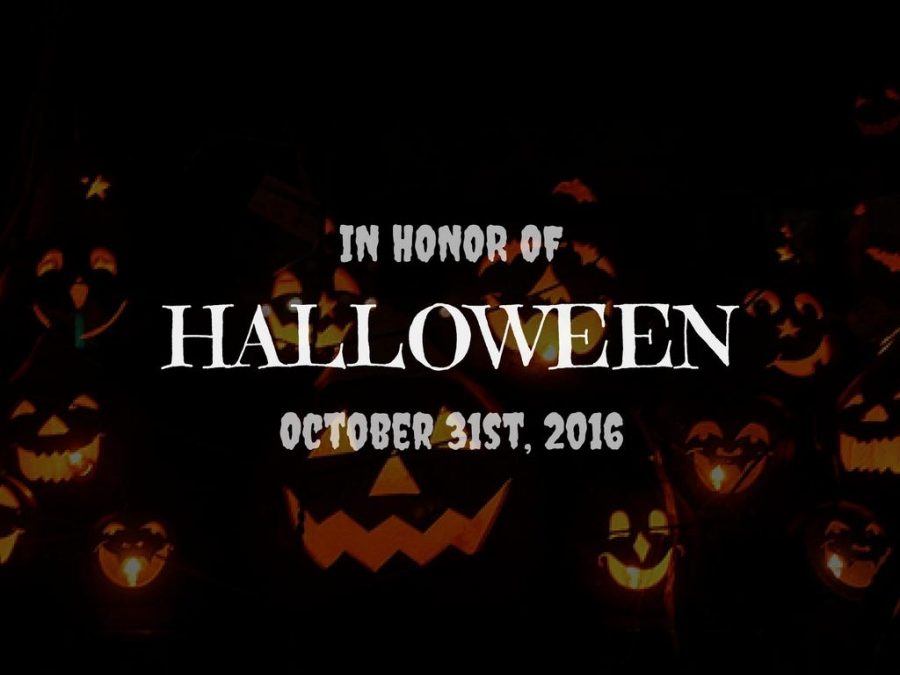
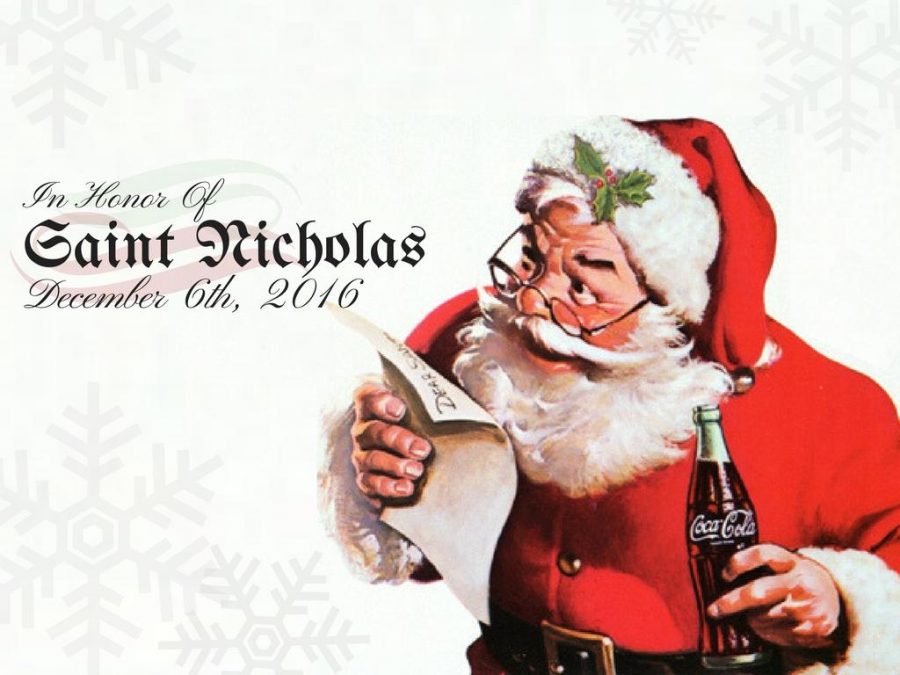
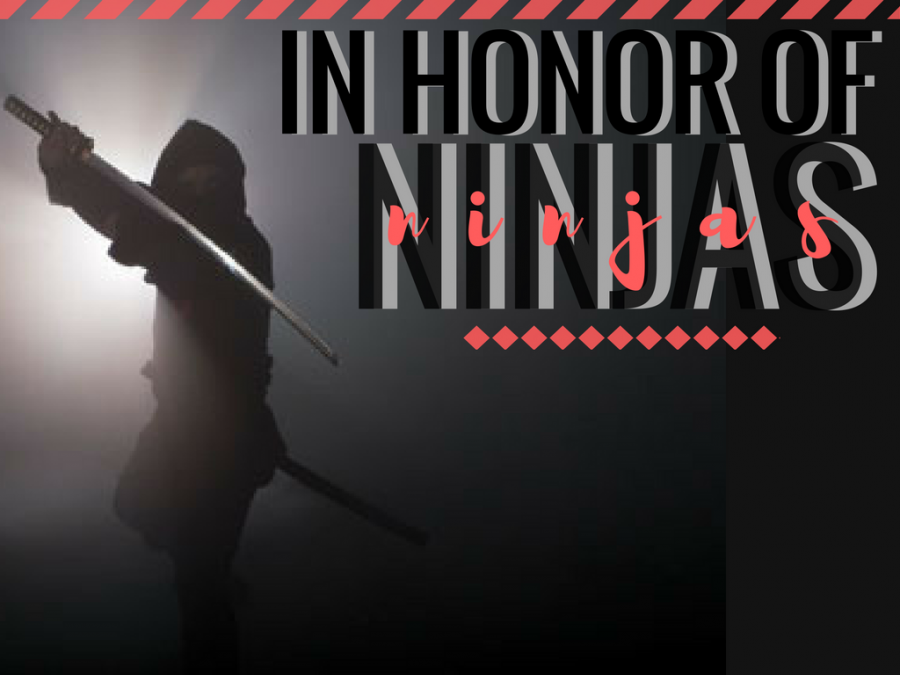

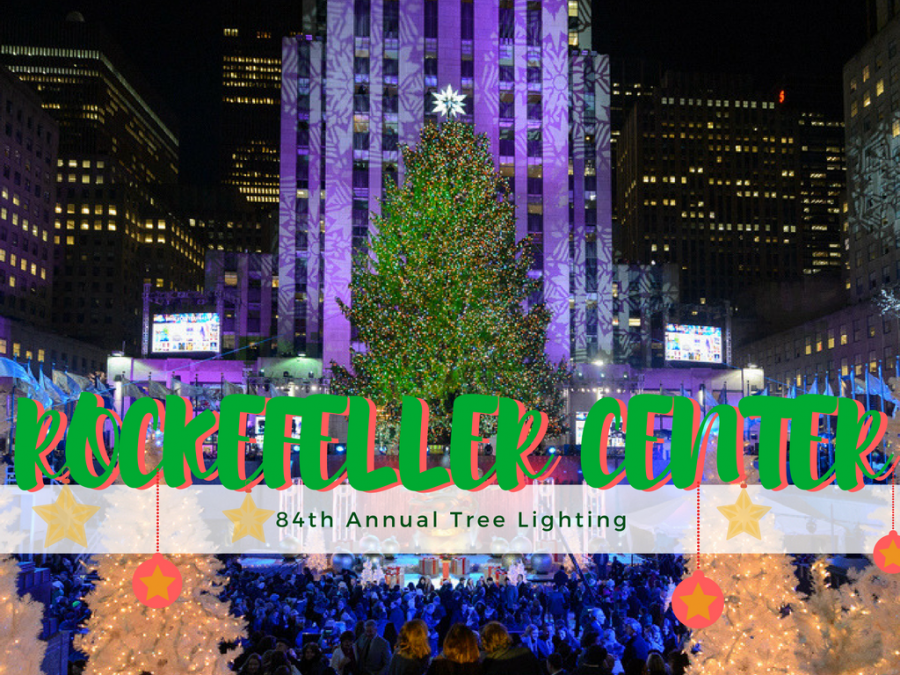
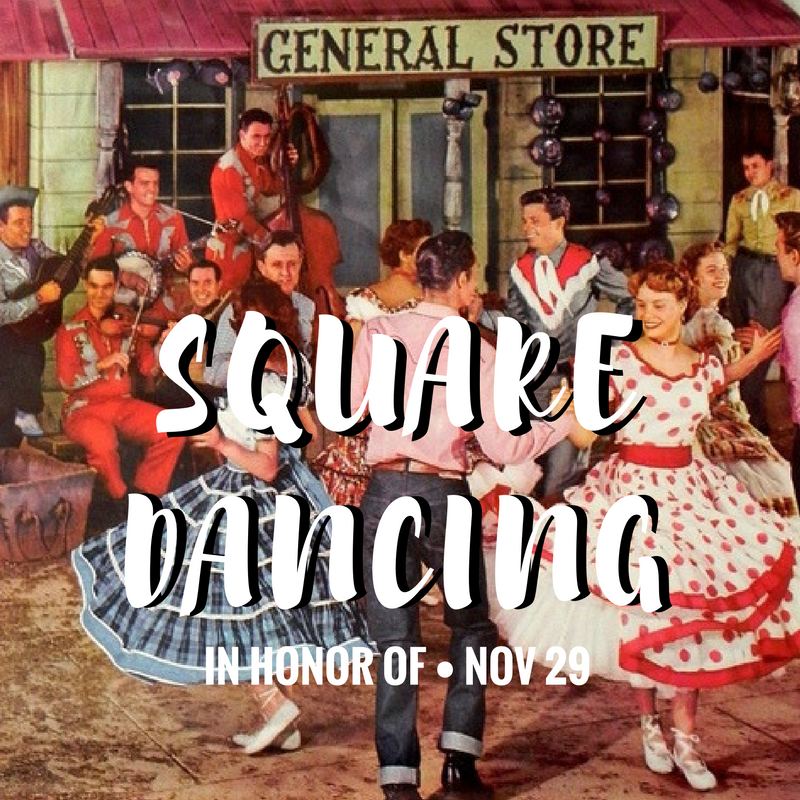
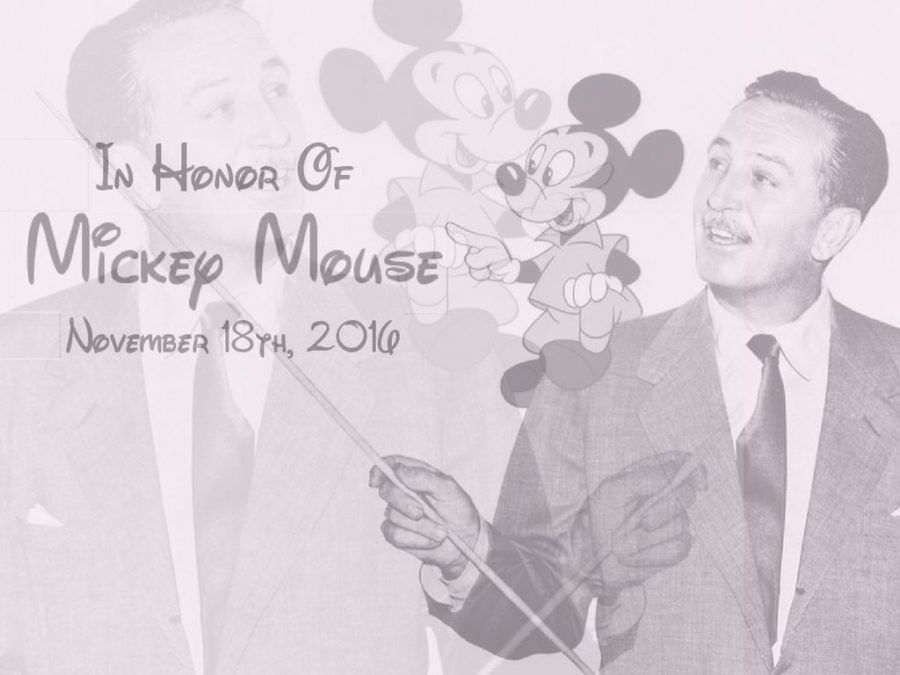






Austin Scott • Oct 31, 2016 at 9:41 am
Excellent as always, Erika.